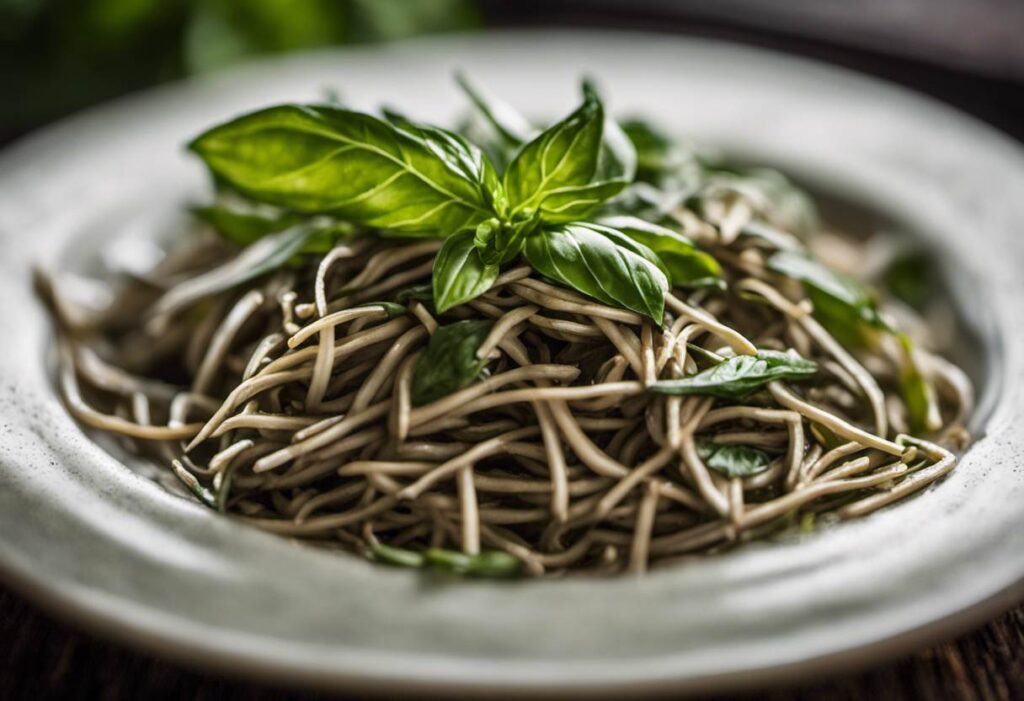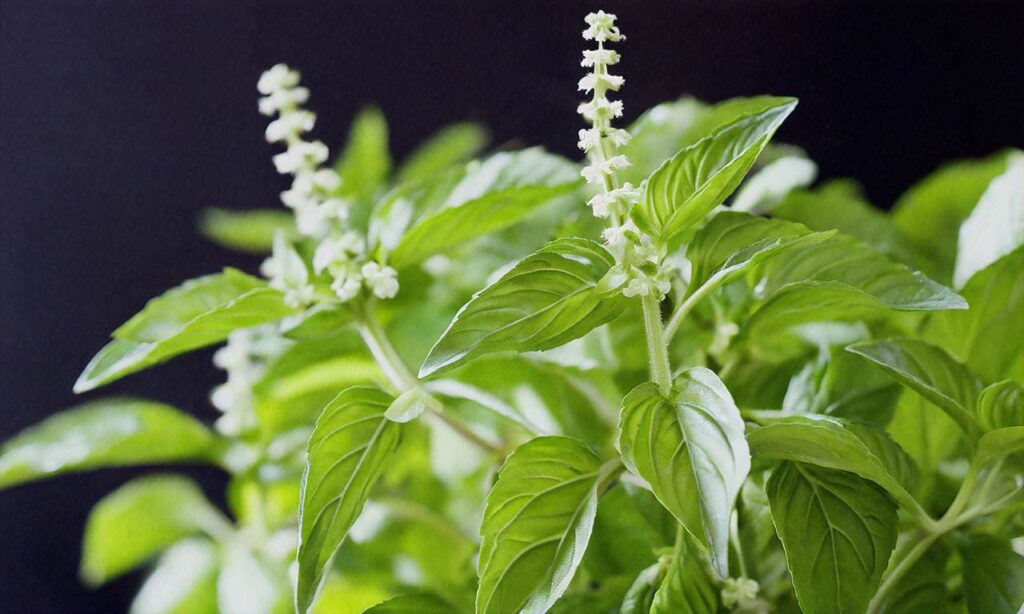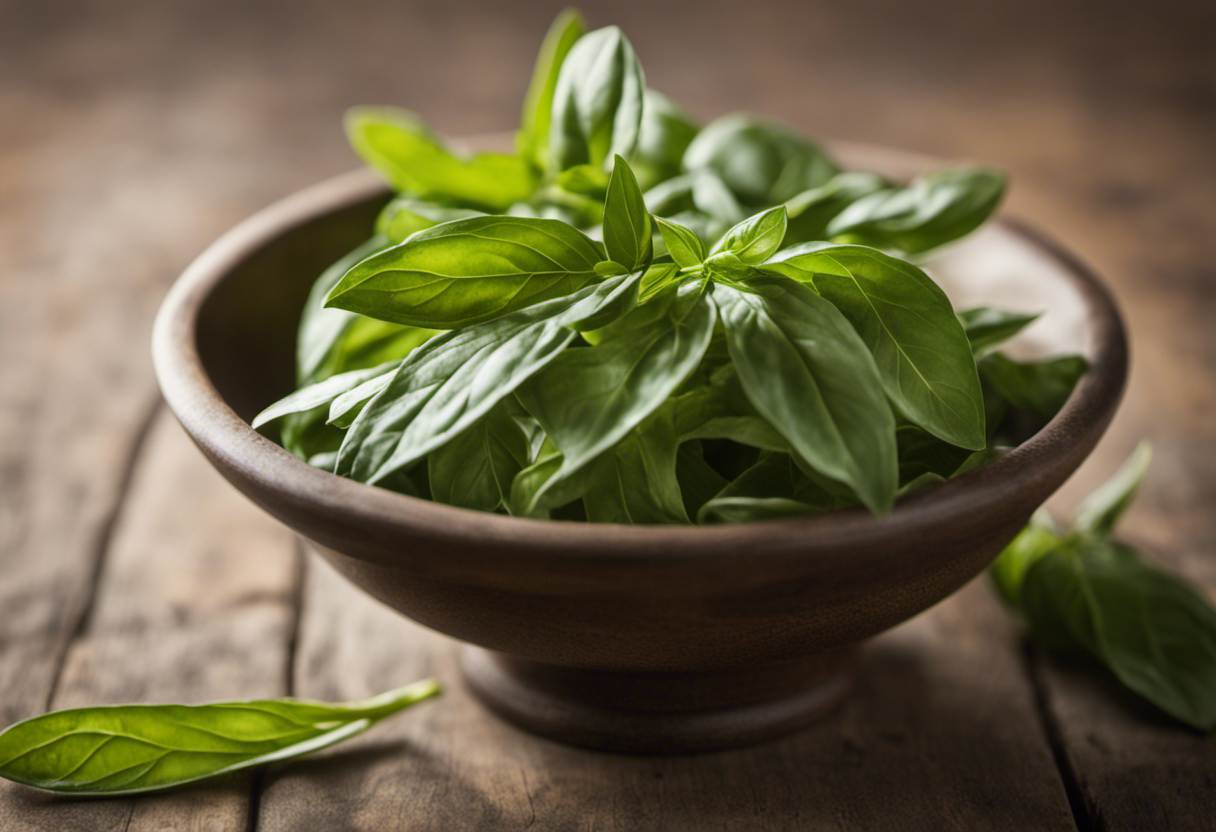Thai Basil in Italian Cooking: A Fusion of Flavors
Hey there, fellow food enthusiasts! Today, we’re diving into a topic that might raise a few eyebrows: using Thai basil in Italian cooking. Yep, you heard that right! We’re about to explore how this aromatic herb from Southeast Asia can add a unique twist to your favorite Italian dishes. So, grab a cup of espresso (or maybe some Thai iced tea?), and let’s embark on this culinary adventure!
The Basics of Thai Basil
Before we jump into the world of Italian cuisine, let’s take a moment to appreciate Thai basil for what it is. This fragrant herb, with its purple stems and narrow leaves, is a staple in Southeast Asian cooking. It’s got a distinct flavor profile that’s a bit different from its Italian cousin, sweet basil. Thai basil brings a hint of anise to the table, along with a slightly spicy kick that can really jazz up a dish.
Why Use Thai Basil in Italian Cooking?
Now, you might be wondering, “Why on earth would I use Thai basil in my nonna’s secret pasta sauce?” Well, my friend, that’s where the magic of culinary fusion comes in! Using Thai basil in Italian recipes can add an unexpected depth of flavor and a subtle complexity that’ll have your dinner guests asking for your secret ingredient.
Italian dishes often rely on herbs to elevate their flavors, and while sweet basil is a classic choice, swapping it out for Thai basil can breathe new life into old favorites. It’s all about thinking outside the pizza box and getting creative in the kitchen!
Thai Basil-Infused Italian Recipes

Let’s get down to the nitty-gritty and explore some ways to incorporate Thai basil into Italian cooking. Here are a few ideas to get your culinary juices flowing:
1. Thai Basil Pesto: Give the classic pesto a Southeast Asian twist by using Thai basil instead of sweet basil. Mix it with pine nuts, Parmesan cheese, garlic, and olive oil for a sauce that’ll knock your socks off.
2. Spicy Thai Basil Pasta: Toss some spaghetti with a sauce made from Thai basil, garlic, chili flakes, and olive oil. Top it with grilled chicken or shrimp for a fusion dish that’s sure to impress.
3. Thai Basil Margherita Pizza: Sprinkle some fresh Thai basil leaves over a traditional Margherita pizza just before serving. The herb’s unique flavor will complement the tomatoes and mozzarella beautifully.
4. Thai Basil Bruschetta: Mix diced tomatoes with Thai basil, garlic, and olive oil, then spoon the mixture onto toasted baguette slices for a fusion appetizer.
Growing Thai Basil for Italian Cooking
If you’re sold on the idea of using Thai basil in your Italian culinary creations, why not try growing it yourself? Thai basil is relatively easy to cultivate, even if you don’t have a green thumb. Here are some tips:
1. Sunlight: Thai basil loves the sun, so make sure it gets at least 6-8 hours of direct sunlight daily.
2. Soil: Use well-draining potting soil and keep it consistently moist but not waterlogged.
3. Harvesting: Regularly pinch off the top leaves to encourage bushier growth and prevent flowering, which can make the leaves bitter.
4. Indoor growing: If you don’t have outdoor space, Thai basil can thrive in a sunny windowsill or under grow lights.
The Cultural Significance of Fusion Cooking
Using Thai basil in Italian cooking is more than just a culinary experiment – it’s a celebration of our increasingly interconnected world. Fusion cuisine has been around for centuries, but in today’s global society, it’s easier than ever to mix and match flavors from different cultures.
By incorporating Thai basil into Italian dishes, we’re not only creating exciting new flavor combinations but also paying homage to the rich culinary traditions of both cultures. It’s a delicious way to bridge the gap between East and West, one plate at a time.

Potential Challenges and How to Overcome Them
Of course, introducing Thai basil to Italian cooking isn’t without its challenges. Here are a few potential hurdles you might face and how to overcome them:
1. Flavor intensity: Thai basil has a stronger flavor than sweet basil, so start with smaller amounts and adjust to taste.
2. Availability: If you can’t find fresh Thai basil, try growing your own or look for it in Asian grocery stores.
3. Traditionalist pushback: Some Italian cuisine purists might balk at the idea of using Thai basil. Embrace the fusion aspect and present it as a creative twist rather than a replacement for traditional recipes.
Conclusion: Embracing Culinary Creativity
As we wrap up our journey into the world of Thai basil in Italian cooking, remember that the kitchen is a place for experimentation and creativity. Don’t be afraid to think outside the box and try new flavor combinations. Who knows? Your Thai basil carbonara might just become the next big thing in fusion cuisine!
So, the next time you’re whipping up an Italian feast, consider reaching for that bunch of Thai basil. Whether you’re making pesto, pizza, or pasta, this aromatic herb can add a unique and delightful twist to your favorite Italian dishes. Happy cooking, and buon appetito… or should we say, ทานให้อร่อยนะ (than hai aroi na – enjoy your meal in Thai)!




